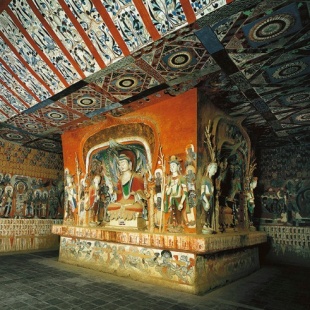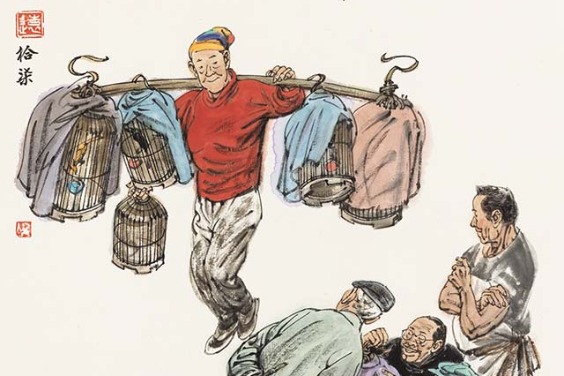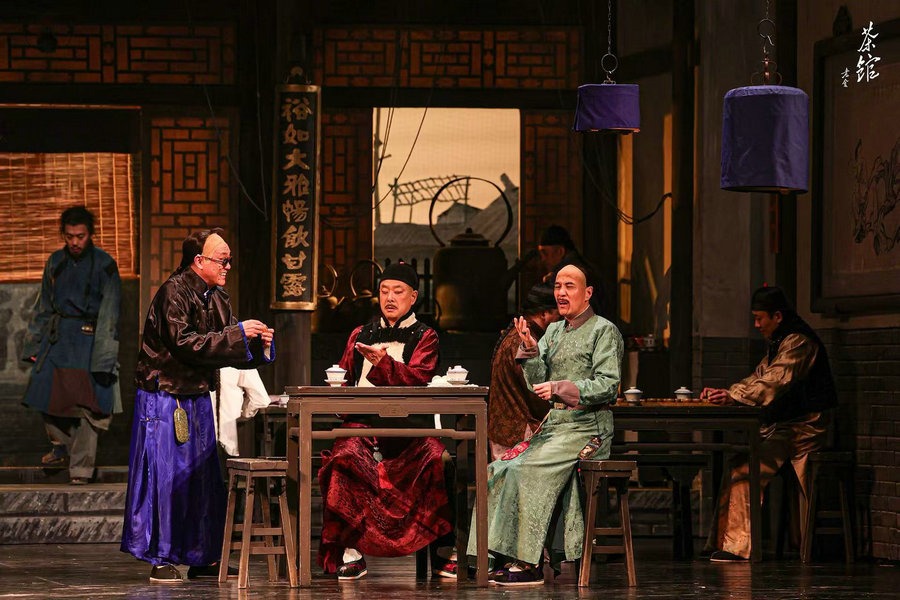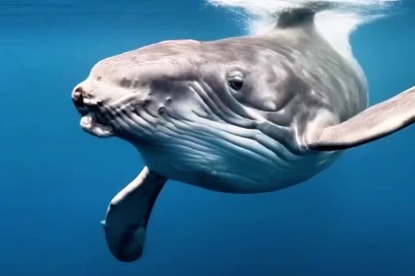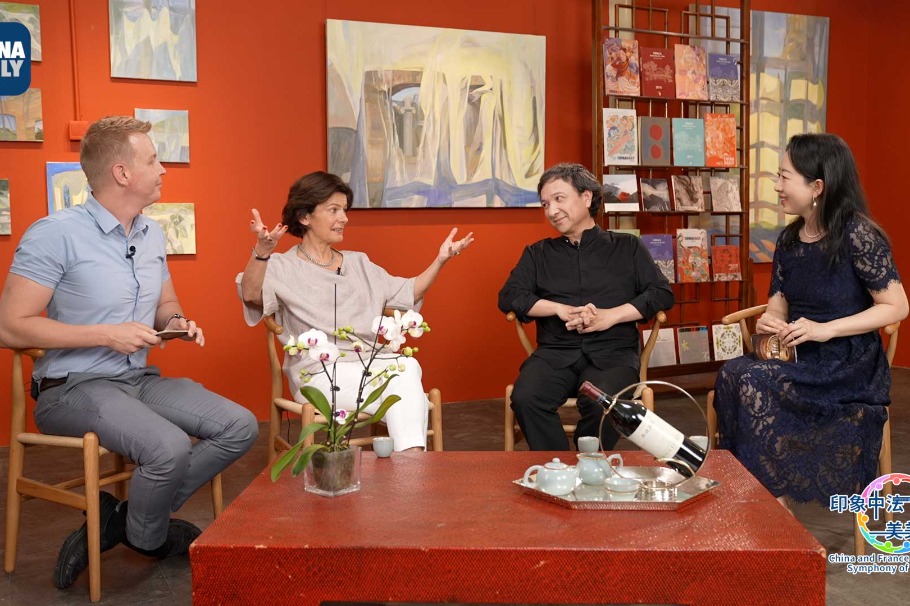Mogao caves

Cultural heritage
The Mogao Grottoes show examples of various types of art, such as architecture, painting and statuary. The group of caves at Mogao displays a unique artistic achievement both by the organization of space into 492 caves created on five levels and by the production of more than 2,000 painted sculptures, and approximately 45,000 square meters of murals, among which are many masterpieces of Chinese art. By inheriting the artistic traditions of the central and western regions of China and absorbing the merits of ancient arts from India, Greece and Iran, ancient Chinese artists created Buddhist art works with strong local features. These art works are treasures of human civilization, providing valuable material for studies of the politics, economy, culture, religion, ethnic relations and foreign exchanges of China in olden times. Besides, there are also about 50,000 items of scriptures, documents, paintings and weavings written in several languages spanning the period from the Three Kingdoms Period (AD 220-280) to Northern Song Dynasty (690-1127).
Cave 302 of the Sui Dynasty includes one of the oldest and most vivid scenes of cultural exchanges along the Silk Road, which displays a camel pulling a cart typical of trade missions of that period. Caves 23 and 156 of the Tang Dynasty depict workers in the fields and a line of warriors respectively. Cave 61 of the Song Dynasty, the famous landscape of Wutai Mountain, is an early instance of artistic Chinese cartography. It depicted everything, including mountains, rivers, cities, temples, roads and caravans.


